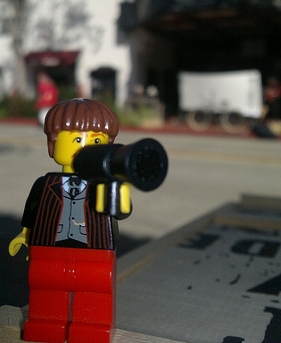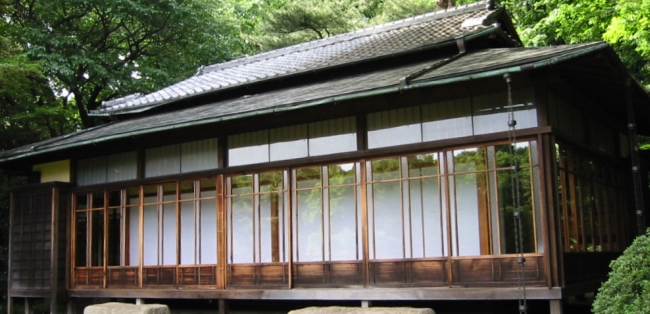5 Web Tools You Can Use To Promote Your Events
- Posted in:
- Essential Tips

At the moment, the Internet is the key marketing tool. It has remarkably ensured that the world is now a global village. Using this tool to promote an event has become the order of the day for individuals and companies all over the world. It saves both time and money.
In this article we discuss some of the most powerful ways to make everyone know about your event.
It goes without saying that having a website where people interested in your events can register is a prerequisite to online promotion of events.
Social media such as facebook and twitter have changed peoples' way of life. To get a large audience social media is the key to the magic door.
A few tools at your disposal include:
1. Eventasaurus
This is an events management dashboard that is very powerful. It works in a simple way: You create an event which is updated across all the major social event networks such as facebook, plancast, eventbrite, lanyrd and linkedin at the click of a button. All the people who respond to the invite are aggregated into one manageable page. Comments from all the social media are also aggregated into the eventasaurus page in real time. Your replies are posted to the original website.
2. Smorepages
Smorepages allows you to create beautiful and appealing flyers which can be shared using their inbuilt socializing features. They have thousands of templates to help you come up with a flyer that is sparkling. Aesthetic value is what you get from smorepages. Their inbuilt analytic system shows you who visited your page, where they are from, what they enjoy and so much more.
3. Eventbrite
This tool allows you to distribute your event to major search engines like Google, Yahoo and Bing. Your event is publicized in the Eventbrite event dictionary and facebook. You are also allowed to send 2000 free email invites alongside using widgets to create awareness for your event.
4. Plancast
Plancast lets people know of events that are coming up based on friendship and geographical location. The tool allows you to know what the plancast members are up to as well as giving you a great chance to reach out to them. It can be an ideal option to publicize your event.
5. Lanyrd
If your event is a conference then this is probably the best site to get to your target audience. Lanyrd maintains a directory of conferences. The tool tells you what conference your friends are attending, who is speaking where and on what. Clients have the option of looking for conferences by keying in a location or a topic of interest. What is most amazing is that one can comfortably catch up with a conference they missed. This is a good platform to appeal to your clients. Once they see how good your event was they will purpose to attend the next one. This is a tool to build future sales.
Other tools such as linkedin, twitter and google plus are useful in spreading the word.
It is also useful to find a few bloggers who can promote your event well.
Megaphone photo by Hazzat.
